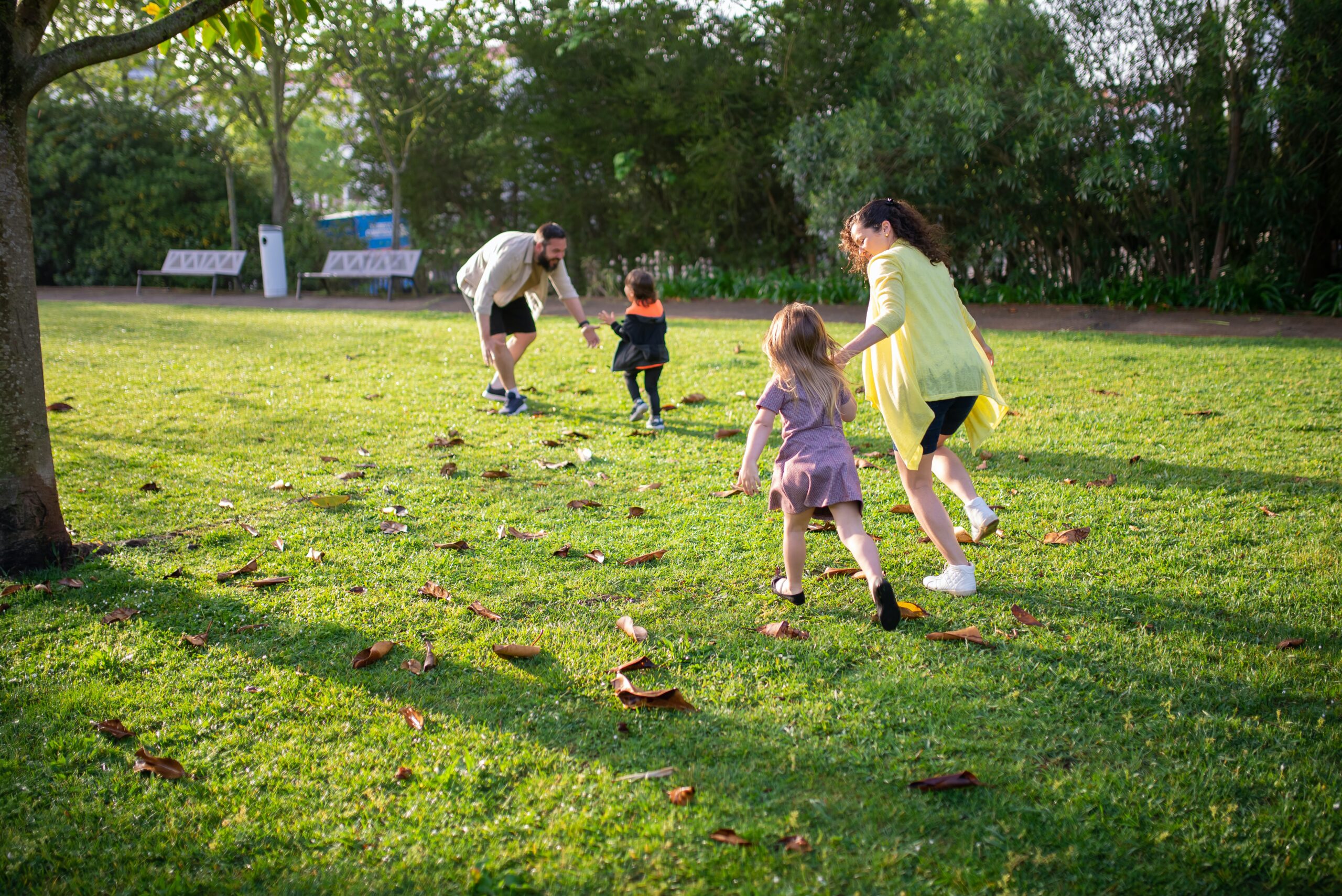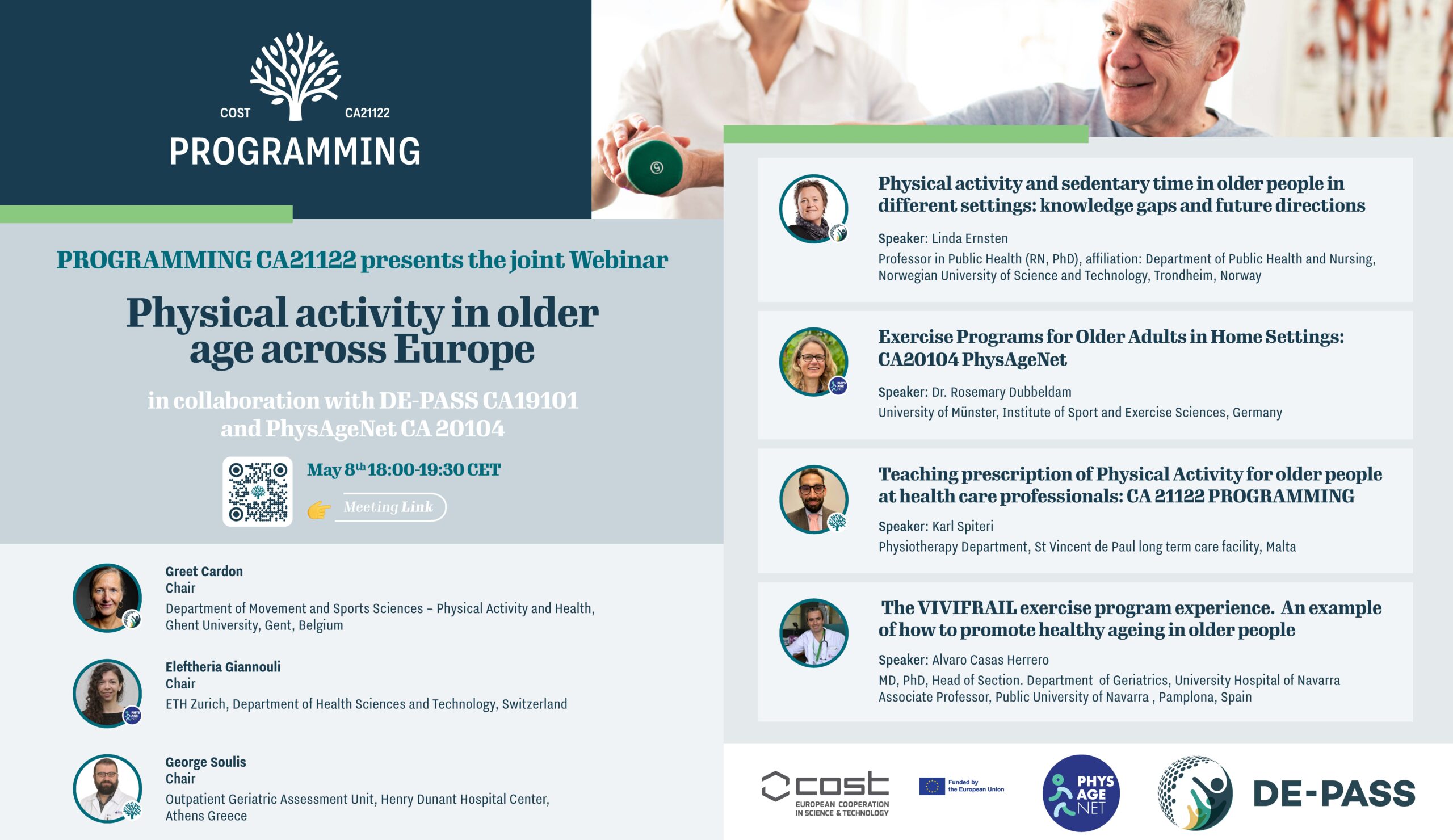A large pool of researchers coordinated by teams in Norway, the UK, Ireland and the Netherlands have set out to increase the level of harmonisation of research on the determinants of physical activity behaviours in Europe and partner nations. The initiative is one of the four central DE-PASS Research Co-ordination Objectives. By aligning future cross-sectional and longitudinal data collection and analysis strategies, it will become more feasible to better establish what determines individual differences in objectively measured physical activity behaviours. This is an essential step needed to improve current interventions and guidelines, and help policy makers support citizens in adopting a sustainable healthy lifestyle.
Important steps are to increase the capacity of our researchers in two focus areas:
1) Harmonisation of data collection in general by training them in metadata standards, FAIR principles, and federated data analysis procedures;
2) prediction of the adoption and maintenance of physical activity behaviours from sets of biological, psychological, environmental and social determinants and their complex interactions.
Building on our report on the extent that the collection of data on the determinants of physical activity behaviours can be harmonised across countries, we provide a roadmap for optimal future research harmonisation, data collection and data integration. The extended DE-PASS community can then commit to this roadmap by signing a newly developed Memorandum of Understanding. Proof of concept of the added scientific and practical value of future harmonisation of European research on the determinants of physical activity behaviours will in parallel be shown. We will create a pan-European data base of physical activity behaviours and their determinants in children and their families who will bridge the pre-school-primary-post primary transitions. In a minimum of five different countries, parents and children in 200 families representing the full socio-economic spectrum will repeatedly provide data across a 3 year time period on objective physical activity and its key determinants.
Updates to follow


